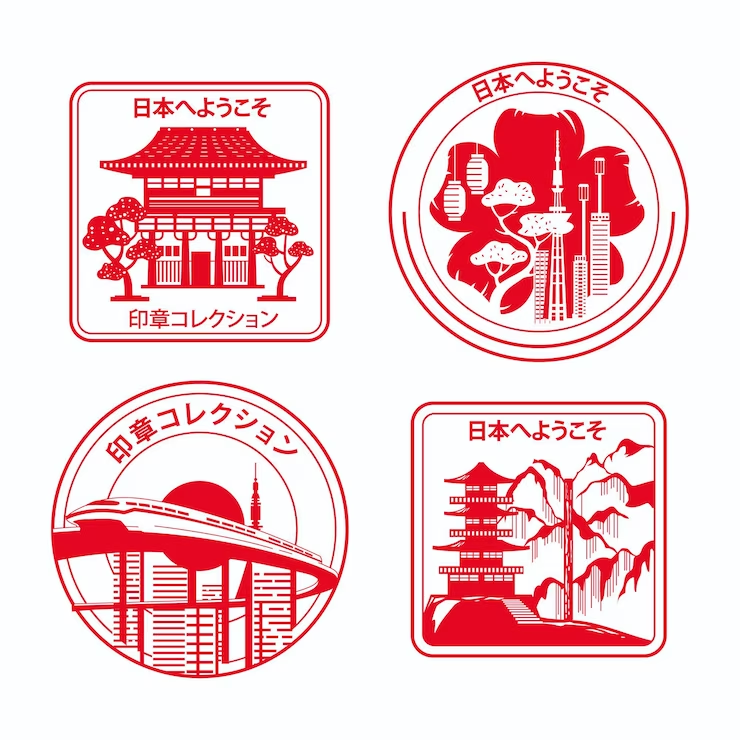Intercultural Design
Week 1 - 7
Ng Zheng Kai 0359424Intercultural Design / Bachelor of Design in Creative Media (hons)`
Project 1, 2 & 3: Hanhaba Obi
INSTRUCTIONS
A proposal to concretise ideas, supported by research, for a final design
revolving a given theme that reflects students’ understanding and
interpretation of global issues and design aesthetics.
The general theme is “Cultural Sensitivity in Design”
You are to study a cultural phenomenon, or a particular subculture that is
perceived as ‘sensitive’, and “frame” your study within the chosen theme.
You are to convey this cultural aspect without altering the actual facts
but within a presentable interpretation and adaptation that raises
awareness from the viewers.
Produce some preliminary ideas on how to visually express you
interpretation using design language. Each idea is to be supported by a
short rationale. Conduct visual research to help expand your idea
generation.
PROCESS
Proposal
For our initial idea, we wanted to modernize traditional Japanese kimonos
and also incorporate it with the Maneki-Neko (Fortune Cat).
Then, we shifted our focus on kimono obi belts and making ways to simplify
it.

|
|
Fig 1.2 Kimono Obi Belt (https://www.lazada.com.my/products/zysoil-womens-japanese-obi-belt-with-pretied-bow-for-and-kimono-simple-floral-pattern-i3611437703.html) |
Traditionally, there are several steps in tying the obi belt.

|
|
Fig 1.3 Kimono obi belt tying method (https://www.pinterest.com/pin/443041682071550454/) |
So our plan is to input hooks onto kimono obi belts so that it is more
convenient for younger generations to wear and appreciate the
culture.
Brand
Our kimono obi brand, takes inspiration from old Japanese stamps to evoke a
sense of timeless elegance and tradition.

|
| Fig 1.5 : "MIYU"Branding made by Edita Chew En Thung |
EXPLAIN MIYU
The silhouette of a lady represents grace and femininity, while the red and
white colours reflect traditional Japanese themes of vitality and purity.
The addition of a sakura flower on the lady's head symbolises beauty and
renewal, capturing the essence of Japanese culture. Together, these elements
form a logo that embodies sophistication and tradition, perfect for
representing Miyu's brand identity.
Fig 1.6 Idea Proposal Slides
Research
During our research in Osaka and Kyoto, we have discovered that the
Hanhaba Obi is the best candidate for our prototype as it is designed
for casual and unisex wear.
Fig 1.7 Data Collection
INTERVIEWS
Osaka (Chiso/ Kawashima Orimono)
Kyoto (Nono Factory)
FINAL PRODUCT
Fig 1.8 Obi Belt Product Presentation
Fig 1.9 Obi Belt product presentation video
Fig 1.10 Final Data Collection








Comments
Post a Comment